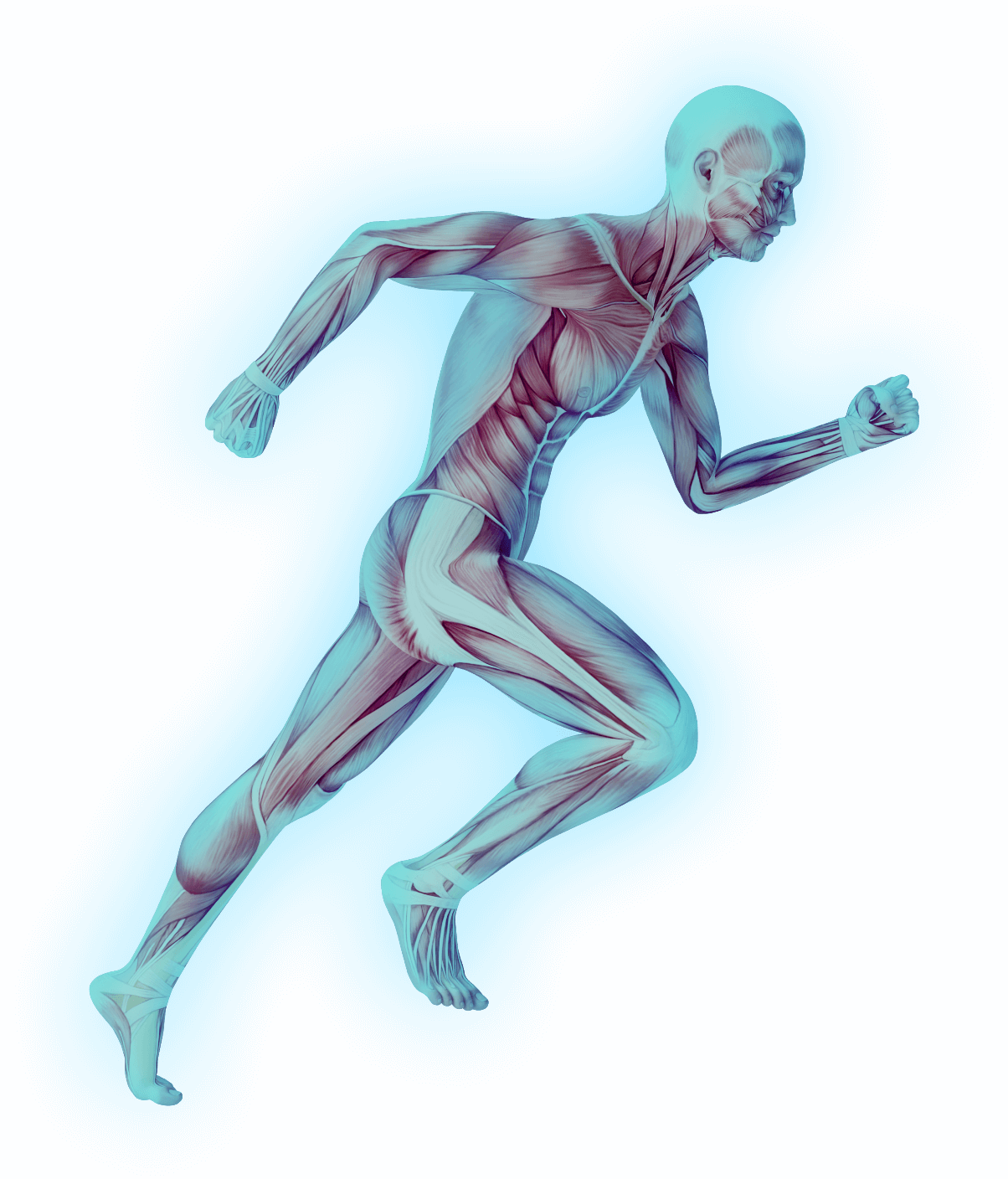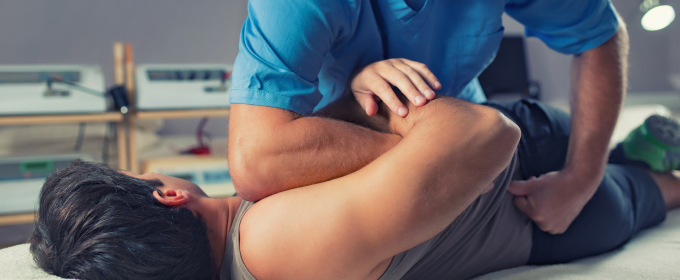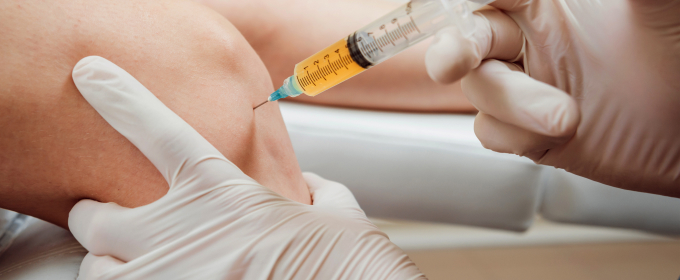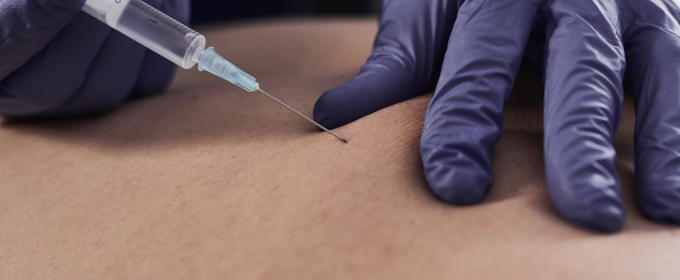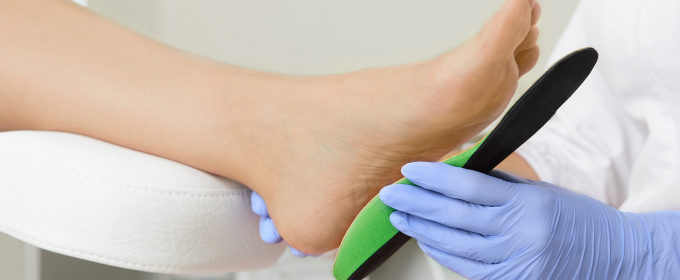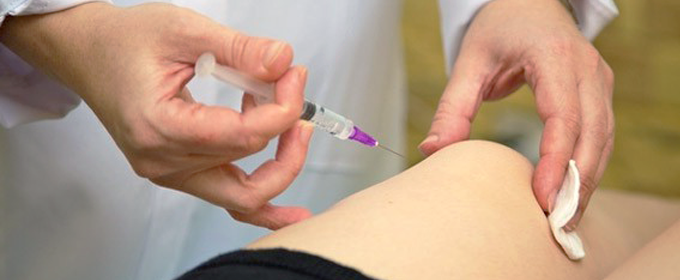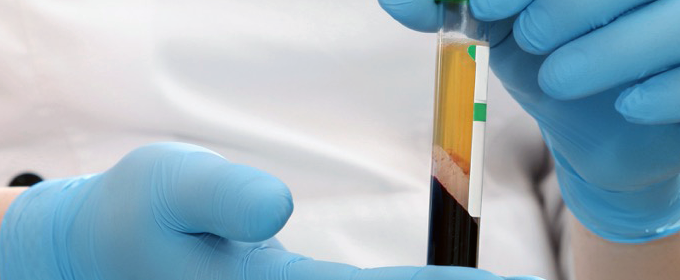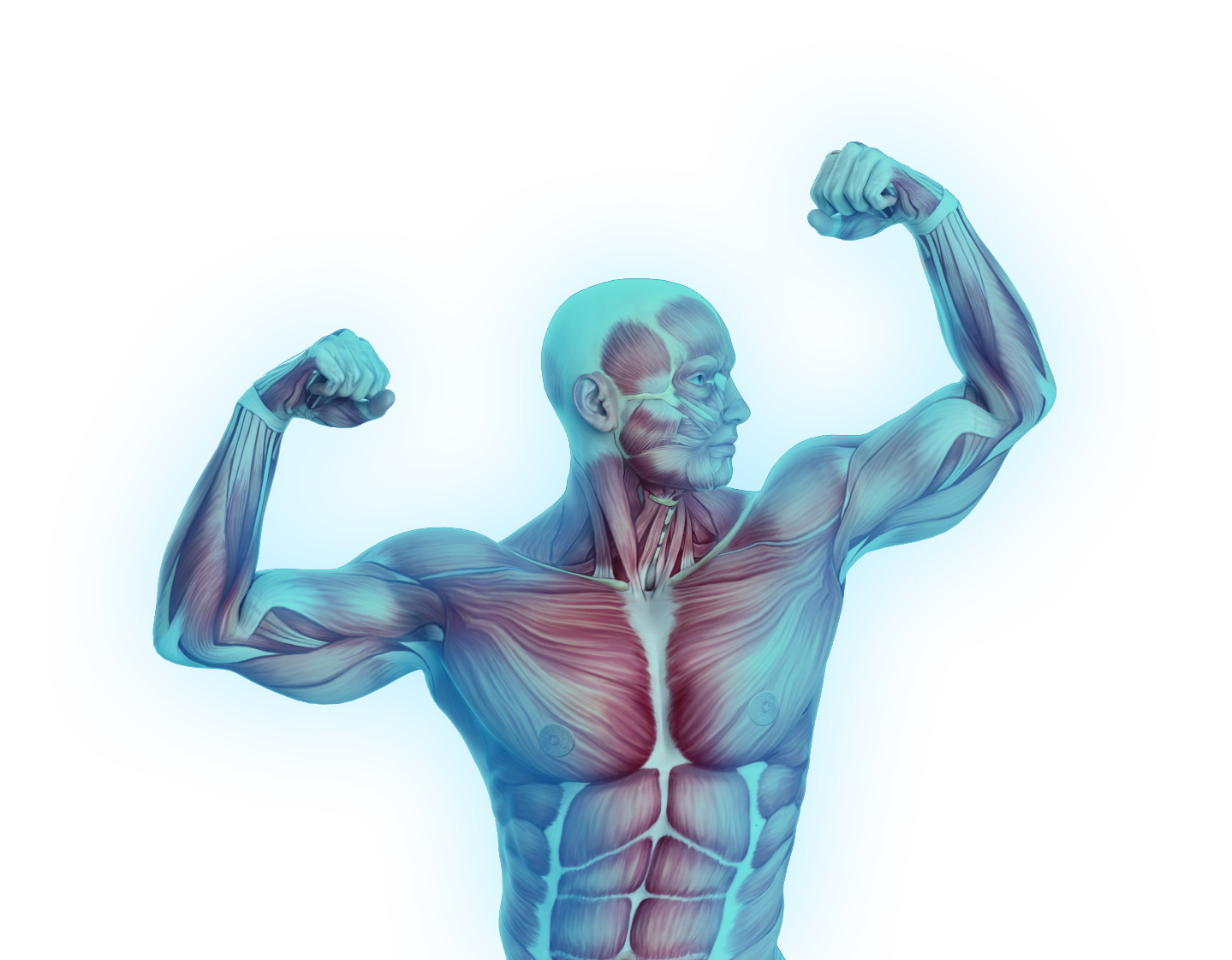Joint Instability
Their joints become hypermobile due to the joint ligaments becoming very “lax” and weak. Weakened ligaments cause their joints to be more prone to being sprained and chronically painful.
A more severe form of multijoint General Ligament Laxity (GLL) occurs on occasion. If there is a proven history of its being an inherited familial trait, GLL may fall into the diagnostic category of Ehlers-Danlos Syndrome. These patients are more easily prone to ligament and tendon sprain injury.
Another general condition usually recognized in older individuals is the joint hypermobility and joint ligament pain seen with osteoarthritis. In these cases, the articular cartilage has worn down . . . usually due to normal wear-and-tear. The loss of cartilage, along with weakened ligaments, results in hypermobility, joint instability, and increased risk of painful ligament stress, strain, and sprain.
Many individuals (male and female) suffer from joints that are hypermobile due to traumatic sprain injury. A common example is the shoulder that has been traumatically dislocated and has, since, become hypermobile (unstable) and more easliy reinjured. Joints of the upper extremities, including shoulders, elbows, wrists, and hands are quite susceptible to injury, especially in those patients with general ligament laxity.
An especially common—but not so often recognized—example of chronic joint instability is the sacroiliac joint that has become partially displaced or dislocated, causing chronic low back pain and a short leg syndrome.
Other weight-bearing joints, such as those of the hips, knees, ankles, and feet, can be especially problematic when hypermobile. This is especially true of the joints that support the plantar arches of the feet.
Joint Instability Treatment
Sprain injuries in patients with ligament laxity, including GLL, respond very well to Osteopathic Manual Therapy (OMT), Prolotherapy, Platelet-Rich Plasma (PRP) Therapy, Neural Therapy, Orthotic Therapy, or Interim Medication—the choice of treatment depending on the specific joint injury.
Doctor Clark provides abundant experience in treating and permanently relieving acute and chronic joint pain related to general ligament laxity, giving you the ability to move more freely and enjoy your favorite activities. At the same time, we can help you eliminate the need for chronic pain medication.
Joint Arthritis
Osteoarthritis is a very common “wear-and-tear” degenerative change of joint articular cartilage and accompanying joint tissues as we age.
The leading cause is joint hypermobility due to ligament or tendon sprain injury causing excessive wear-and-tear erosion of the joint articular cartilage. The joint articular cartilage becomes progressively worn down, causing joint pain.
Associated ligament and tendon sprain injuries may also be contributory. Accidental traumatic injury and repetitive occupational and athletic activities may aggravate and speed up the degenerative process. Also, there are various postural misalignment problems—such as flattened arches and short leg syndrome—that may be primary accelerators of the osteoarthritic process.
Examples of the most common cases include:
-
Temporomandibular osteoarthritis
-
Intervertebral osteoarthritis—most often in the cervical (neck) and lumbar spine, but can be found anywhere in the spinal column
-
Shoulder osteoarthritis
-
Chronic arthritis of the metacarpals and fingers of the hand and carpals of the wrist
-
Hip osteoarthritis
-
Knee osteoarthritis
-
Patellar arthritis (e.g., retropatellar chondromalacia)—usually caused by either a flattened plantar arch or short leg syndrome
-
Ankle osteoarthritis
-
First toe osteoarthritis (e.g., bunion, Hallux limitans, Hallux rigidus)—usually caused by a flattened plantar arch.
Osteoarthritis may inflict any joint in the body that is under any kind of unusual physical stress.
It is usually easily clinically differentiated from chronic rheumatoid arthritis by proper physical examination, laboratory, and radiological testing.
Osteoarthritis Treatment
Osteoarthritis occasionally will responds to Osteopathic Manual Therapy (OMT), which can resolve misalignment that is the major cause of the articular cartilage wear-and-tear. Osteoarthritis often responds favorably to Prolotherapy when the joint remains unstable after OMT.

